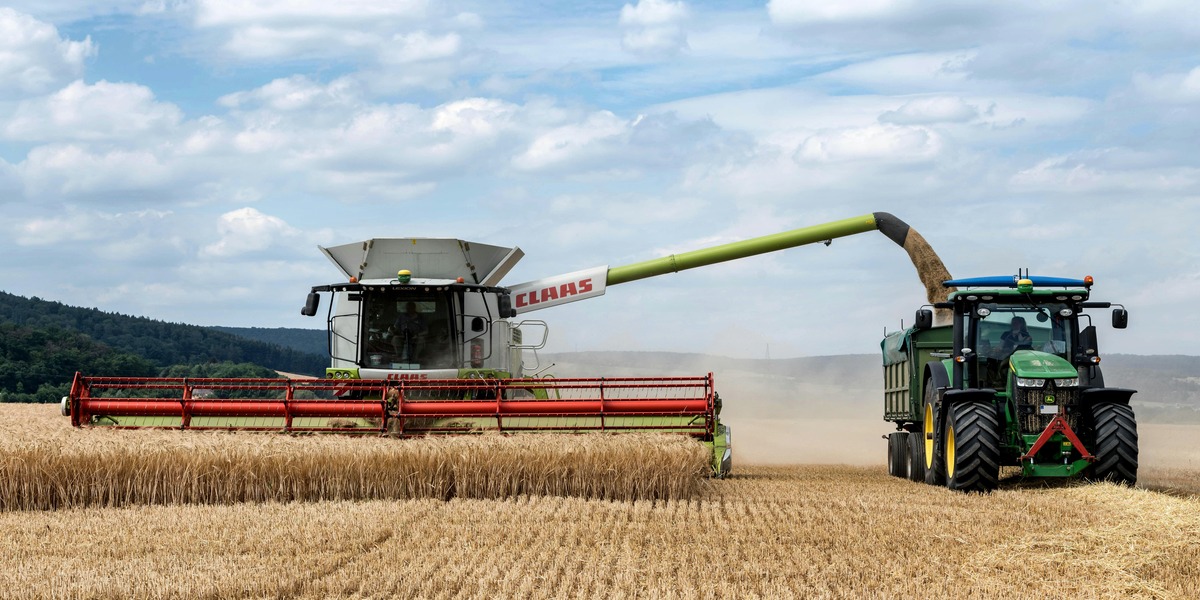Q1. Could you start by giving us a brief overview of your professional background, particularly focusing on your expertise in the industry?
This is Vijay Awasarmol from Nasik, Maharashtra. I have 20 years of experience in procurement and warehousing of Agri products across India. Expert in strategic sourcing of Agri commodities by procuring directly from farmers and traders at competitive rates to cater to key markets.
Current Role at Anand Agro:
- Leading cost-effective procurement and timely supply of Maize, Wheat, Bajra, Broken Rice, DORB, Rice Bran Oil (Crude), and Raw Rice Bran for feed units in Nasik
- Developing sourcing strategies to optimize procurement costs and ensure supply chain efficiency
- Responsible for supplier negotiations, vendor enrollment, and vendor management to build reliable supplier networks
Q2. Are digital tools like procurement dashboards, vendor portals, or real-time inventory systems being widely adopted in the feed industry?
Particularly among bigger and more experienced players, adoption is increasing. Real-time inventory systems and procurement dashboards are two examples of tools that are being increasingly utilized to increase decision-making, efficiency, and transparency. To improve supplier collaboration, vendor portals are also becoming more popular. However, because of financial and technological obstacles, smaller regional players continue to lag. All things considered, industry-wide use of digital technology is growing and is predicted to accelerate.
Q3. Is there growing emphasis on sustainability — such as sourcing from eco-friendly suppliers or reducing logistics-related emissions?
In business, sustainability refers to incorporating social, environmental, and economic obligations into both short-term and long-term plans. Environmental stewardship in logistics entails cutting back on energy consumption, decreasing carbon emissions, and preserving resources like gasoline and water. To reduce emissions, a growing number of businesses are utilizing recyclable or biodegradable packaging, buying from environmentally friendly suppliers and streamlining their transportation networks. Consumer demand, more stringent laws, and corporate ESG pledges are all contributing factors to this expanding emphasis, which ensures companies can prosper while preserving the environment.
Q4. Are there any particular states or sourcing belts that dominate the supply of maize or DORB today? Are we seeing any shifts in regional contribution?
Maize – Key sourcing belts (India):
Karnataka, Andhra Pradesh/Telangana, Maharashtra, Bihar, Madhya Pradesh, Rajasthan, Uttar Pradesh, Tamil Nadu.
Recent shift: rising production in Madhya Pradesh, Bihar, and Rajasthan due to poultry, starch, and ethanol demand.
DORB – Key sourcing belts (India):
West Bengal, Uttar Pradesh, Punjab, Andhra Pradesh, Odisha, Chhattisgarh, Bihar, Assam.
Supply follows rice milling/rice bran oil extraction hubs; shifts with paddy output and milling capacity.
Trends:
Maize supply base expanding from southern states to central/eastern India.
DORB output varies with rice harvest and milling patterns; new processing plants can shift supply centers.
Logistics and processing clusters increasingly influence regional dominance.
Q5. What do you see as the key operational strengths of your procurement setup compared to other regional players in the feed industry?
Key operational strengths:
- Diverse supplier network – Strong relationships with multiple sourcing belts for both maize and DORB, reducing dependency on a single region.
- Efficient logistics planning – Route optimization, bulk handling, and strategic storage hubs to minimize cost and transit time.
- Quality control at source – On-site inspections, moisture checks, and standardized specifications before dispatch.
- Market intelligence – Continuous monitoring of crop patterns, price trends, and weather to secure timely and cost-effective contracts.
- Flexible sourcing mix – Ability to switch between commodities (maize, DORB, alternatives) based on price and availability without compromising feed quality.
- Long-term supplier partnerships – Stable relationships ensuring priority supply during peak demand or shortages.
- Sustainability focus – Preference for eco-friendly suppliers and reduced transport footprint through regional sourcing.
Q6. Do certain players have an edge in logistics or working capital that influences how aggressively they can bid for raw materials?
Yes - In the feed industry, certain players gain a competitive edge through stronger logistics and working capital, allowing them to bid more aggressively for raw materials:
Logistics advantages:
Owning or controlling transport fleets and warehouses lowers per-unit freight costs. Proximity to sourcing belts reduces transit time and spoilage risk.
Established relationships with transporters secure capacity even in peak seasons.
Working capital strength:
Higher liquidity allows bulk purchases at harvest time when prices are lowest. The ability to pay suppliers promptly (or in advance) secures priority supply.
Flexibility to hold larger inventories and ride out seasonal price spikes.
Combined impact:
Players with both strong logistics and capital can commit to bigger, faster deals, often outbidding smaller competitors.
This can lock in supply early and at better terms, especially in tight markets.
Q7. If you were an investor looking at companies within the space, what critical question would you pose to their senior management?
If I were an investor, I’d focus on questions that reveal resilience, efficiency, and future readiness:
Supply security – How diversified and reliable is your sourcing network for key feed ingredients like maize and DORB?
Cost competitiveness – What are your structural advantages in procurement and logistics that protect margins in volatile markets?
Working capital management – How do you balance inventory holding with cash flow efficiency?
Sustainability & compliance – What steps are you taking to reduce environmental impact and meet emerging ESG regulations?
Scalability – How well can your procurement and logistics systems handle a 2x increase in demand without significant cost inflation?
Market intelligence – How do you track and act on commodity price trends, weather patterns, and policy changes faster than competitors?

